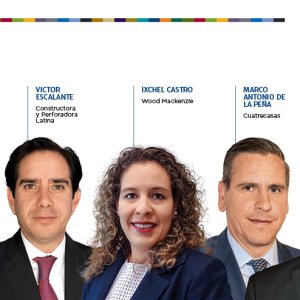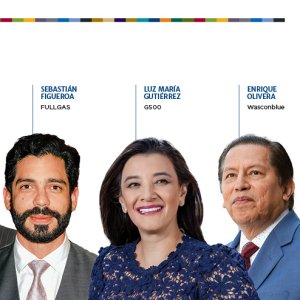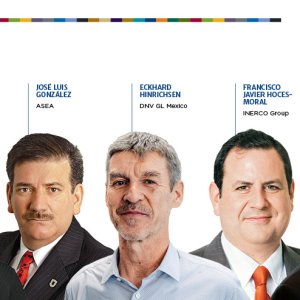
A Disruptive Solution to Mexico’s Mobility Issues
Disruption is a new concept that is facilitated by technological developments, especially the internet. For a city like Mexico City, where traffic consistently disrupts lifestyles, Diana Muñozcano, CIO of Grupo Indi, believes the cities can fight back by implementing disruptive mobility solutions.
At Mexico Infrastructure & Sustainability Summit at the Sheraton Maria Isabel hotel on Tuesday, Muñozcano shared her insights with 250 industry leaders. “Technology within mobility deals with traffic distribution and planning,” she said.
In this sense, Mexico City is constantly in the Top 15 of countries with the biggest traffic problems in the world. “Mobility affects citizens in very important ways that we often fail to consider,” explained Muñozcano. It can generate more insecurity due to longer transit times, cause problems with health due to stress and pollution, reduce productivity and affect family life.
“If a person spends just three hours per day in traffic, that is over 10 percent of the day,” she said. In Mexico, an average of 227 hours were wasted in traffic per person in 2017. The vehicle park increased in the metropolitan zone by 159 percent in just one decade.
But there are alternatives to car use, and Grupo Indi is working on disruptive public transport solutions to alleviate the stress caused by traffic and mobility. “In the case of the US, leaving the car behind in favor of public transport is much more complex than in Europe as it is a status symbol,” Muñozcano said. “This is a paradigm we need to combat in Mexico.”
Today, Mexico City has 226.5km of metro tracks, distributed across 12 lines and 195 stations. The Metrobús system extends 125km with 208 stations and the State of Mexico’s Mexibus stretches 53km and includes 96 stations. There are 200 cycle routes. “Yet, we have 5.5 million cars in Mexico City alone, which equates to 1.8 per inhabitant,” she said.
Muñozcano also stressed that disruption is not a new trend. “The idea for the metro was put on the table in the 1940s but there was a lot of fear surrounding land and seismic activity so it was not developed until 1967,” she explained.
From then until the 1980s, the main transport method was the Metro system. More recent solutions include the Metrobús and the second floor of Periferico, while nontraditional transport methods like electric bicycles and self-driving cars are creating lines for development. But Muñozcano warned that if the security issue in the cities is not resolved, public transport cannot develop.
Disruptive mobility solutions can also lead directly to better life quality and better urban development. Tesla Motors, Google and the Hyperloop are examples of companies creating disruption in mobility and infrastructure, but on a much greater scale, Muñozcano told the audience. She believes that smaller steps can be taken, such as creation of dynamic tariffs, whereby those drivers who want to park in saturated areas can pay more, or those who want to travel by car at rush hour should pay higher toll road tariffs.
New disruptive models like co-living and co-working are already taking hold in response to mobility issues, and Muñozcano said this trend will continue as people place more and more value on family life and life quality. “Just imagine being able to go back to what our grandparents did and eat lunch at home,” she concluded.














